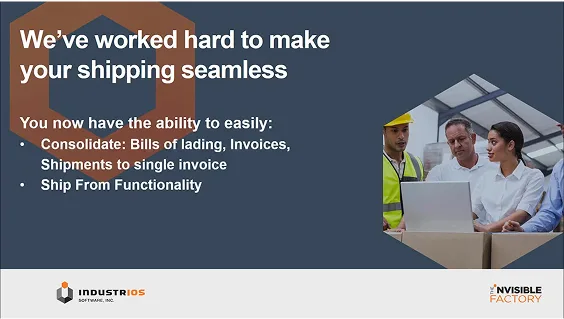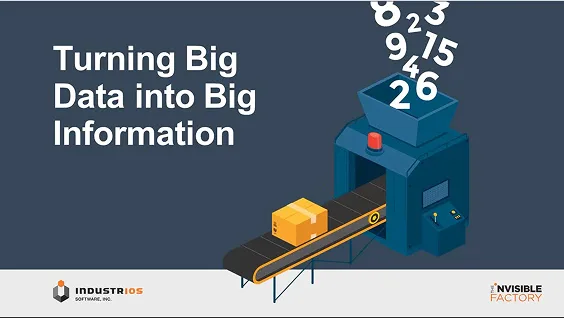Shelfware or Not?
The question of shelf-ware comes up time and again when discussing integrated software implementations. Why does an organization commit to purchasing software and then find reasons to not implement the software? In this first of a 2 part article, we will explore a more basic reason that software becomes shelf ware; cost.
The question of shelf-ware comes up time and again when discussing integrated software implementation. Why does an organization commit to purchasing software and then find reasons to not implement the software? At the core of the problem is the question of why the software was purchased in the first place. Successful integrated software implementation projects have common elements that point to why they succeeded. A driving need to solve defined business problems, committed leadership and an internal champion to ensure that the project receives proper guidance are essential elements to a successful project. In this first, of a 2 part article, we will explore a more basic reason that software becomes shelf ware; cost. When the elements of investment and the return, either implied or real, are oversimplified, cost can become the largest driver towards creating shelf-ware.
When business owners or managers look at the issues to be addressed by software, the initial euphoria that accompanies the realization that the software can be purchased for an amount equivalent to a new PC, soon gives way to the reality that the software can not address all of the areas that need solutions. An fully integrated business system requires a set of tools with security, validation and transaction reconciliation to support operational and reporting requirements. These requirements can come from industry needs such as ISO, or regulatory needs such as FDA or even government needs such as SOX. Often, these issues are secondary to the main drivers to purchasing software but when explored as part of the implementation, take on critical mass.
It can not be stressed enough that software decisions succeed most often when there is a set of clearly defined objectives and issues to be tackled. The mapping of these objectives to specific features or processes within the software is important and often difficult or overlooked when low cost software is purchased. The process of learning about a company and the business issues it faces is part of the overall approach used by most integrated business solution software providers. The time that this sales cycle takes dictates a business model that does not support low cost software that has at its core, the need for sales in volume.
Next time, we will continue this exploration with a view to the ‘total cost of ownership’ of business software.












